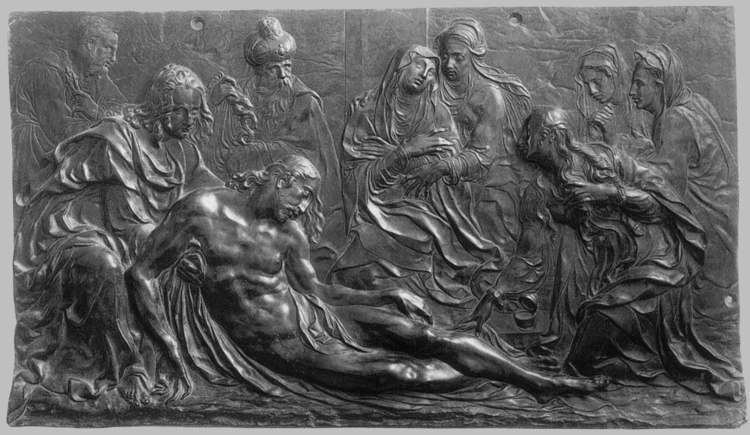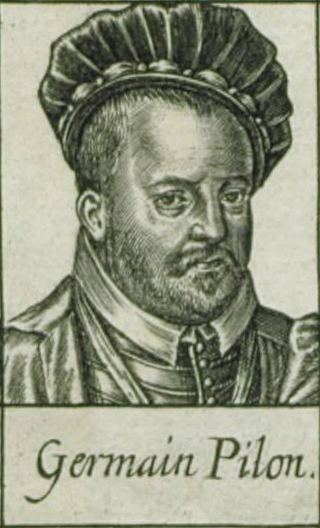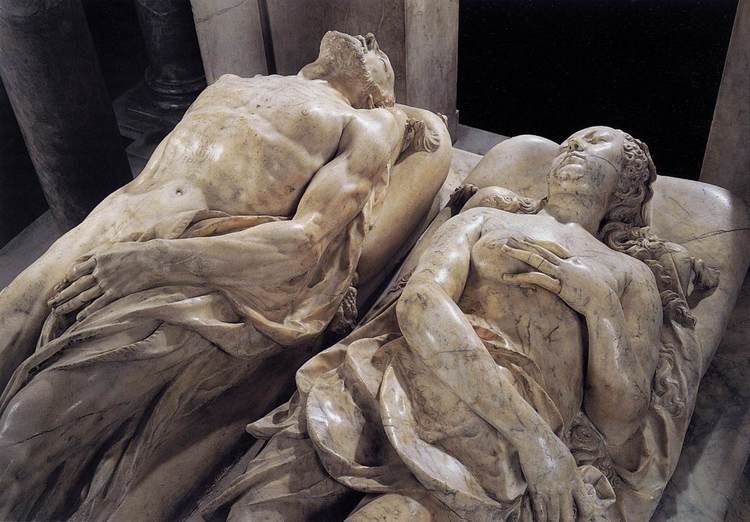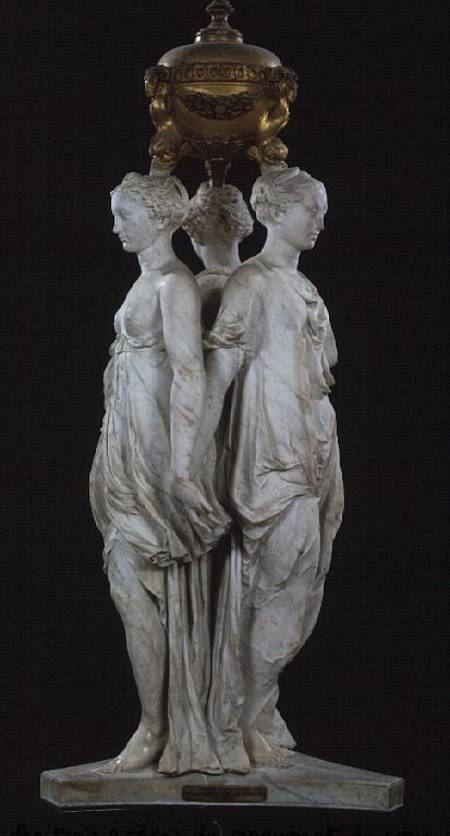Name Germain Pilon | ||
 | ||
Similar People Henry II of France, Henry III of France, Charles IX of France, Henry IV of France, Charles IV of France | ||
Mascarons du Pont Neuf à Paris - France - Oeuvres de Germain PILON (1528 - 1590)
Germain Pilon (c. 1525 – 3 February 1590) was a French Renaissance sculptor.
Contents
- Mascarons du Pont Neuf Paris France Oeuvres de Germain PILON 1528 1590
- tribute to Germain Pilon
- Biography
- Works
- References

tribute to : Germain Pilon
Biography

He was born in Paris and trained with his father, André Pilon. Documents show that he and his father executed several religious statues and tomb effigies in collaboration. Since Connat & Colombier established that Germain was born c. 1525 (rather than about ten years later, as previously believed), several early works have been reattributed to him, including the marble grouping Diana with a Stag (originally at the Château d'Anet, Eure-et-Loire; now at the Louvre). Later he worked with Pierre Bontemps. Pilon became expert with marble, bronze, wood and terra cotta. From about 1555 he was providing models for Parisian goldsmiths. He was also skilled at drawing.

His works - with their realism and theatrical emotion - show the influence of the School of Fontainebleau, Michelangelo and Italian Mannerism. Much of Pilon's work was on funerary monuments, especially the Valois Chapel at the Saint Denis Basilica designed by Francesco Primaticcio (never completed). He was the favorite sculptor of queen Catherine de' Medici.
Works

Pilon's most famous works include:


